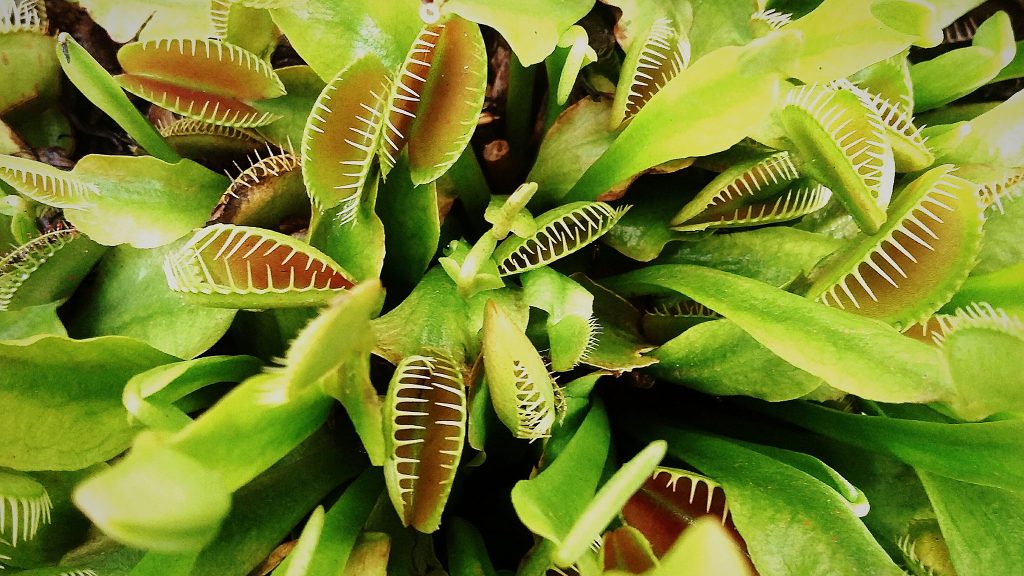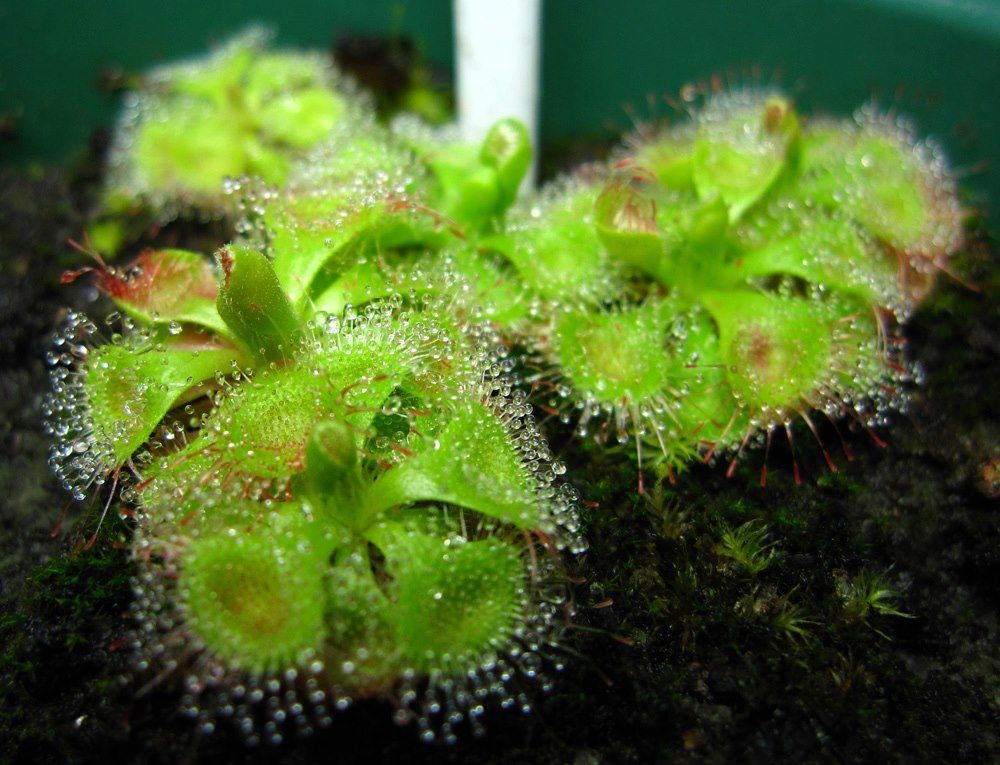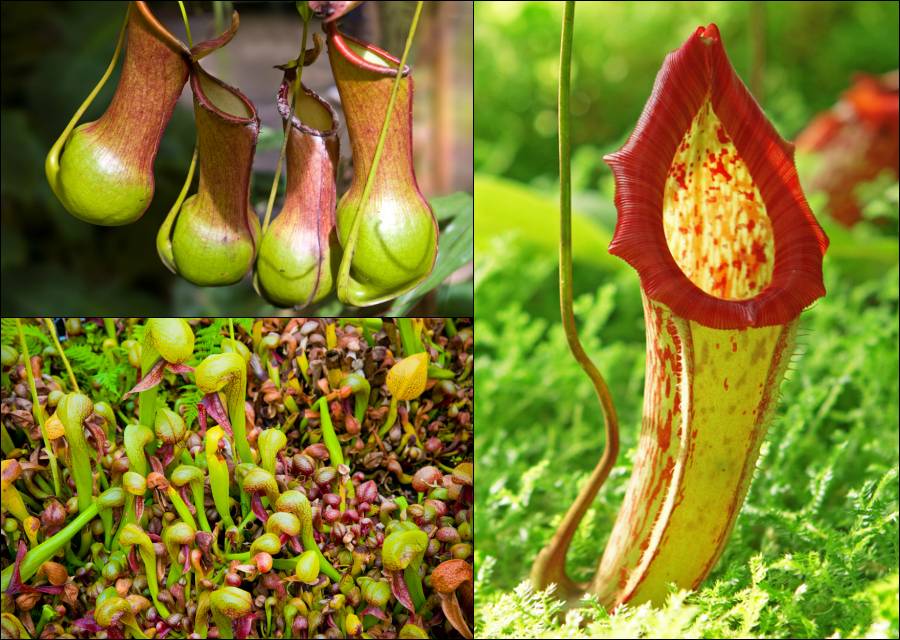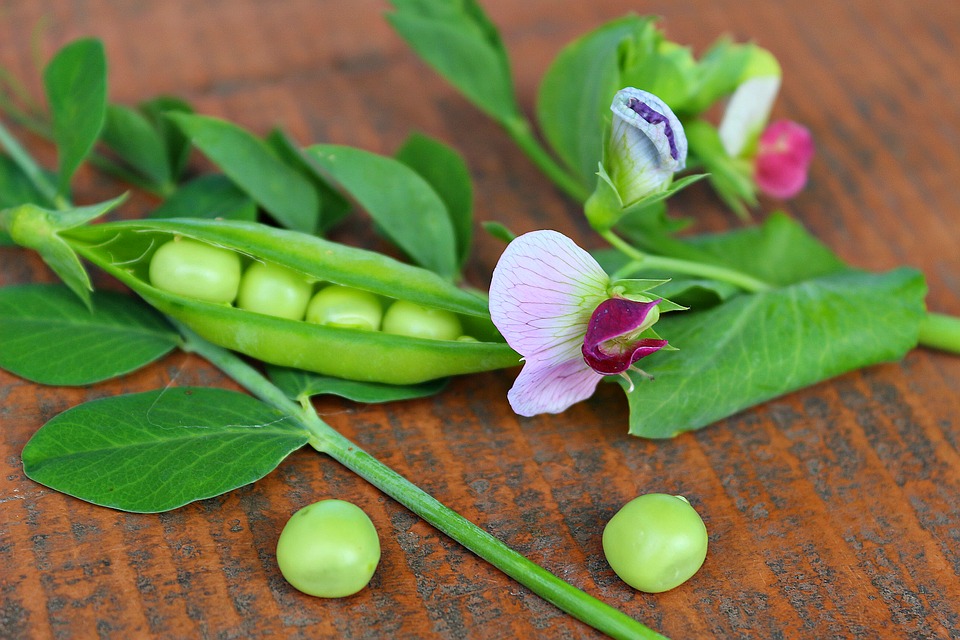Okay, when I thought of this title, all I had in mind are those cartoons and movies where they showed that a plant would eat people or animals. I, then, thought of writing something about why not to keep them in your home, but eventually, I researched and found out that there are carnivorous plants that you can keep along with many other things. So to be lenient and show that I have understood how carnivorous plants are, here is this blog.
According to Wikipedia, carnivorous plants are plants that derive some or most of their nutrients from trapping and consuming animals or protozoans, typically insects and other arthropods. Keeping carnivorous plants is fun and interesting as you learn a lot while taking care of them. If you don’t know anything about carnivorous plants, then here is a blog in which I will share tips on how to choose and care for a carnivorous plant and other facts about it.

Types of Carnivorous Plants
Also known as cannibal plants, these plants come from different areas of the world and grow in places where they lack proper nutrition from the soil. As mentioned earlier, they trap insects and feast on them to compensate for the lack of food from the soil. Well, it is good to know that there are different types of carnivorous plants that have various trap systems to catch insects and protozoans to fulfill their nutritional needs. These trap systems can be pitfalls, sticky substances, snaps, bladder, and lobster traps. Did you know that you can keep some at home? Well, me neither!
The types of carnivorous plants are:
- Sundews or Drosera – There are around 200 species of Sundews, and they all vary in shape, size, and growing requirements. Most have movable tentacles that have glue-covered tips. Sundews trap its prey by suffocating the insects and later digest it.
- Venus flytrap – One of the most well-known carnivorous plants, this plant eats mostly insects and arachnids. Small in size, this plant has around four to seven leaves that grow from a short stem, it’s the pair of terminal lobes that are hinged at the midrib that form the trap. This plant is so advanced that it can tell the difference between live and non-living stimulus, and the lobes can shut in 0.1 seconds. There are many varieties of Venus flytrap, but only one species exist.
- Pitcher plants – Also known as Sarracenia, these plants come in a variety of yellow, pink, and purple shades. The upright tubular leaves which serve as the death-traps for any insects to fall to their death. There are different types of pitcher plants that exist, they are Tropical pitcher plant (Nepenthes), The Sun pitcher, Trumpet pitcher, or North American pitcher plants, Australian pitcher plant. There are around 150-160 species of these plants in the world.
- Tropical pitcher – Nepenthes or Monkey cups are found in tropical areas in Borneo, Sumatra, and Malaysia. This carnivorous plant is known as monkey cups, as monkeys are seen to be drinking water from them in rain-forests. These pitchers can sometimes be big enough to hold more than a liter of water. Their cups passively collect and digest prey.
- Butterworts – Butterworts or flypaper traps can be active or passive, and these rely on sticky mucilage directly on the leaf surface to capture their prey. These are also known for their showy, orchid-like flowers in yellow, pink, purple, or white blooms. These plants are usually found in the US.

- Bladderworts (Utricularia) – The Bladderwort is a type of carnivorous plant that lives in the open water and traps insects in a bladder that is similar to a suction bulb. It is named after it’s tiny bladders. Those tiny hair-like feelers at the opening of the bladder know when insects, such as fleas, land on the plant, which causes the flattened bladder to inflate suddenly. It also helps in sucking in the water while eating the animal and closes the trap door after it.
- Lobster-pot plants (Darlington Californica) – This plant is named after the pots that fishermen use to capture lobsters. This plant is a carnivorous one that catches its prey when it enters the plant’s trap, which looks like a lobster pot. With overlapping hairs, the prey is unable to find its way out, and it is forced to go down the lead where they are digested. It is also known as the Cobra plant.
- Catapulting flypaper trap ( Drosera Glanduligera) – Endemic to Australia, this carnivorous plant catches its prey with its outer tentacles. if the prey is putting pressure on these tentacles, the plant cells break underneath it and send the object catapulting towards the center of the plant, where it is eaten.

Caring for These Carnivorous Plants
Carnivorous plants adore a damp environment that is filled with moss and moisture, and will not grow in a commercial potting mix or soil that has fertilizers. The perfect setting for a carnivorous plant is the sphagnum moss, but it can be hard to find. Peat moss is an alternative and so is coconut fiber, as it has similar structural properties. These plants are suitable for outdoor cultivation, even though some will survive indoors.

What container to use for carnivorous plants?
Most carnivorous plants do well in plastic planters. Depending on the type of plant, you might require a planter with holes for drainage. Most carnivorous plants need wet soil, but some will require the soil to be only damp and well-drained. You can also use clay containers that have drainage holes for some carnivorous plants. Read individual care sheets for detailed information.
Well, there is more to this blog, so stay tuned!



